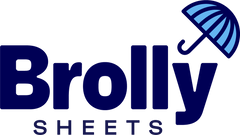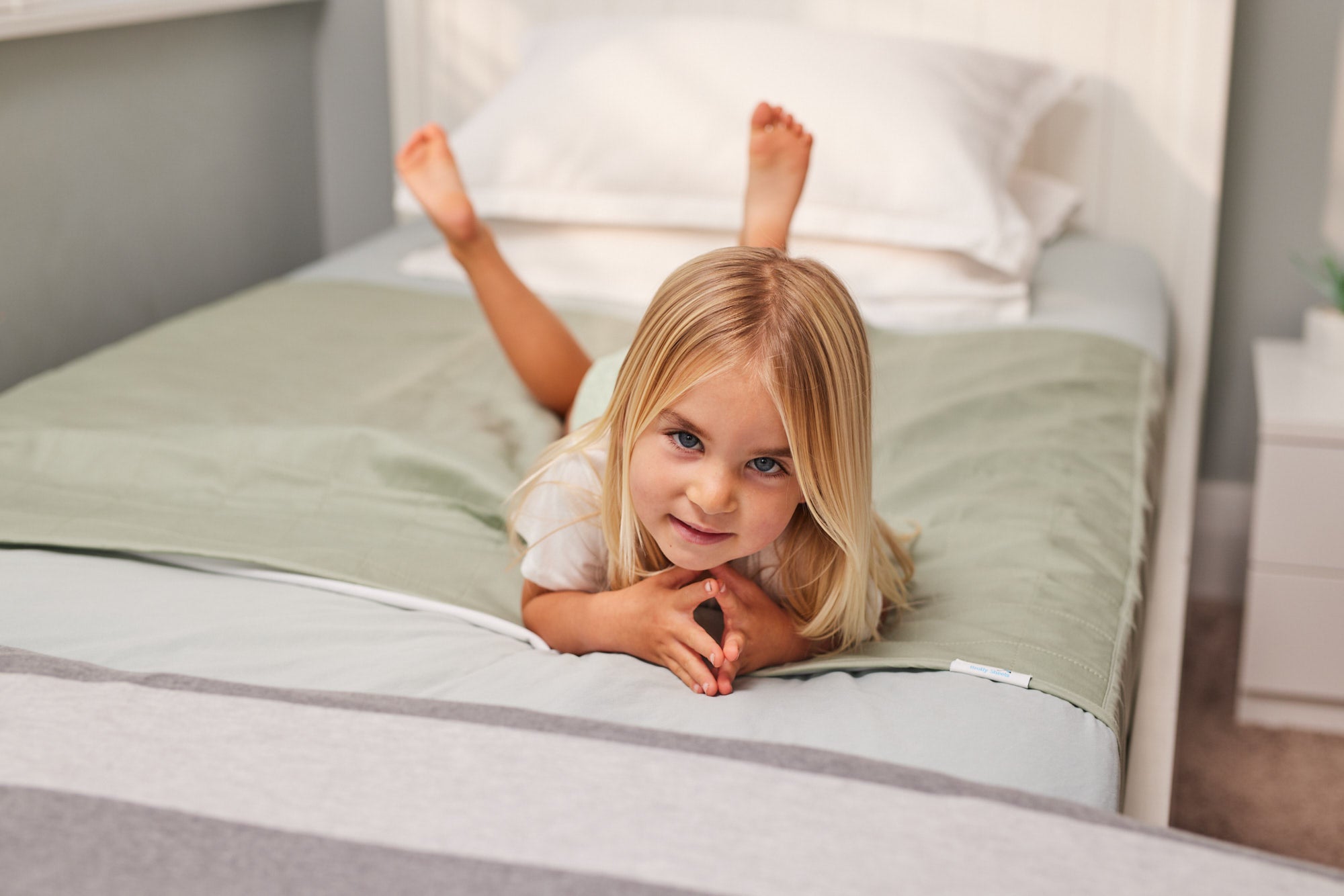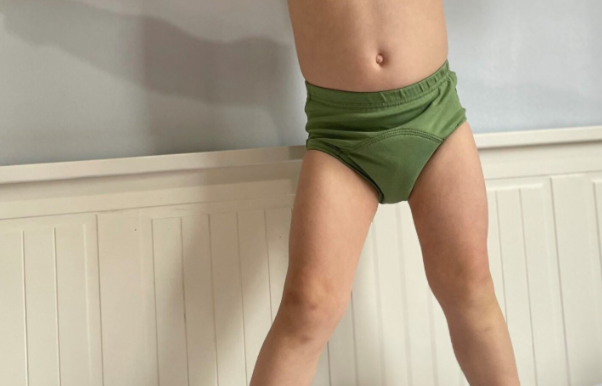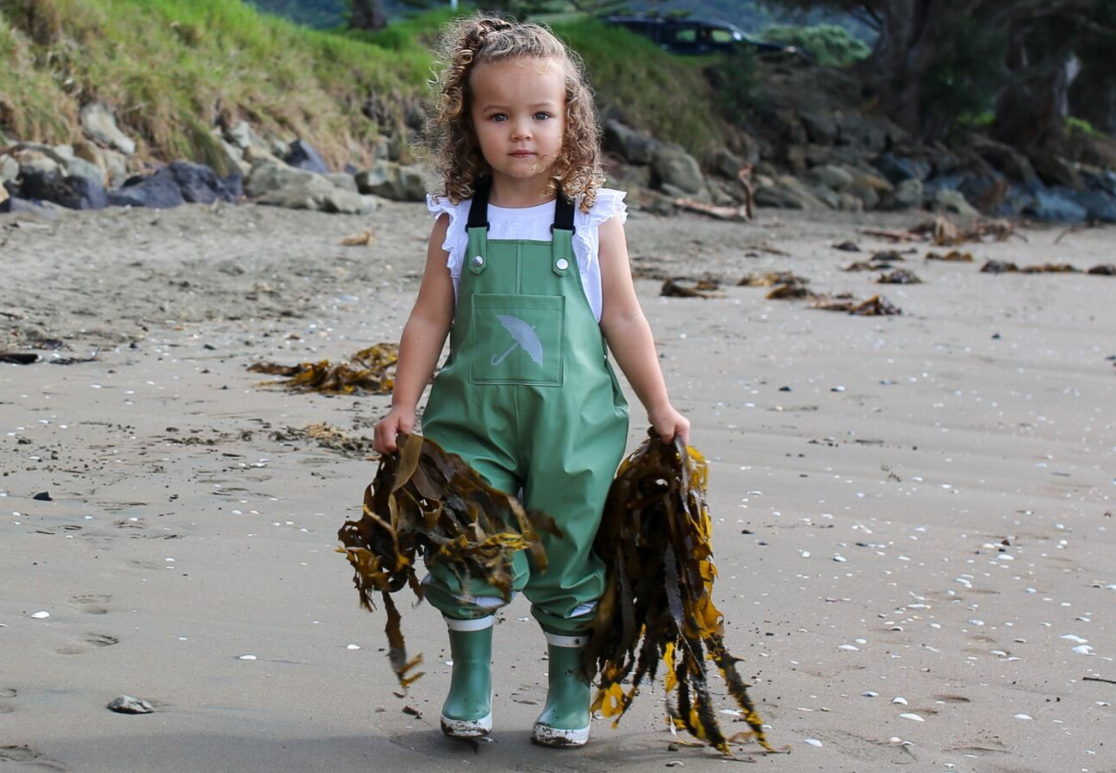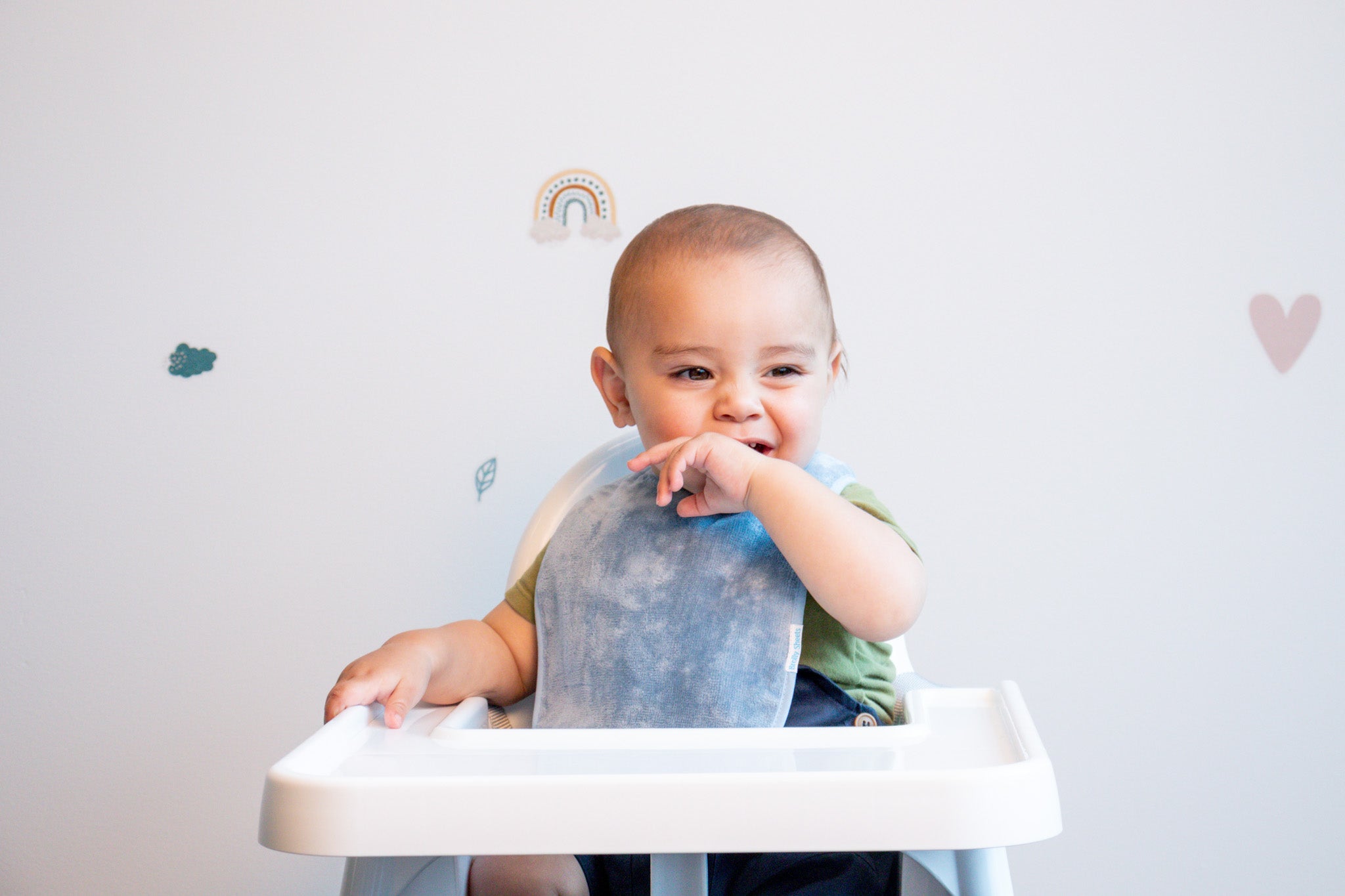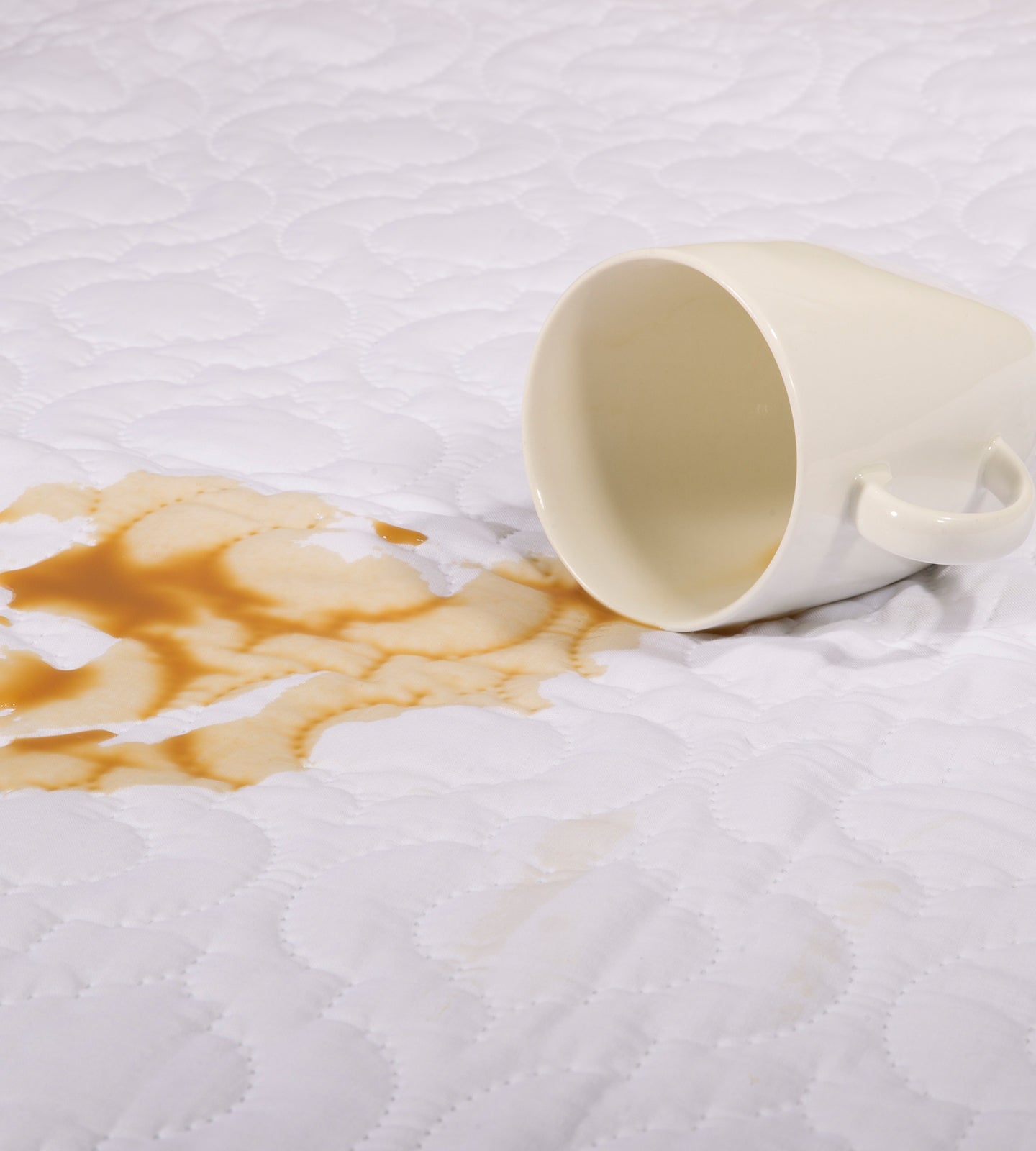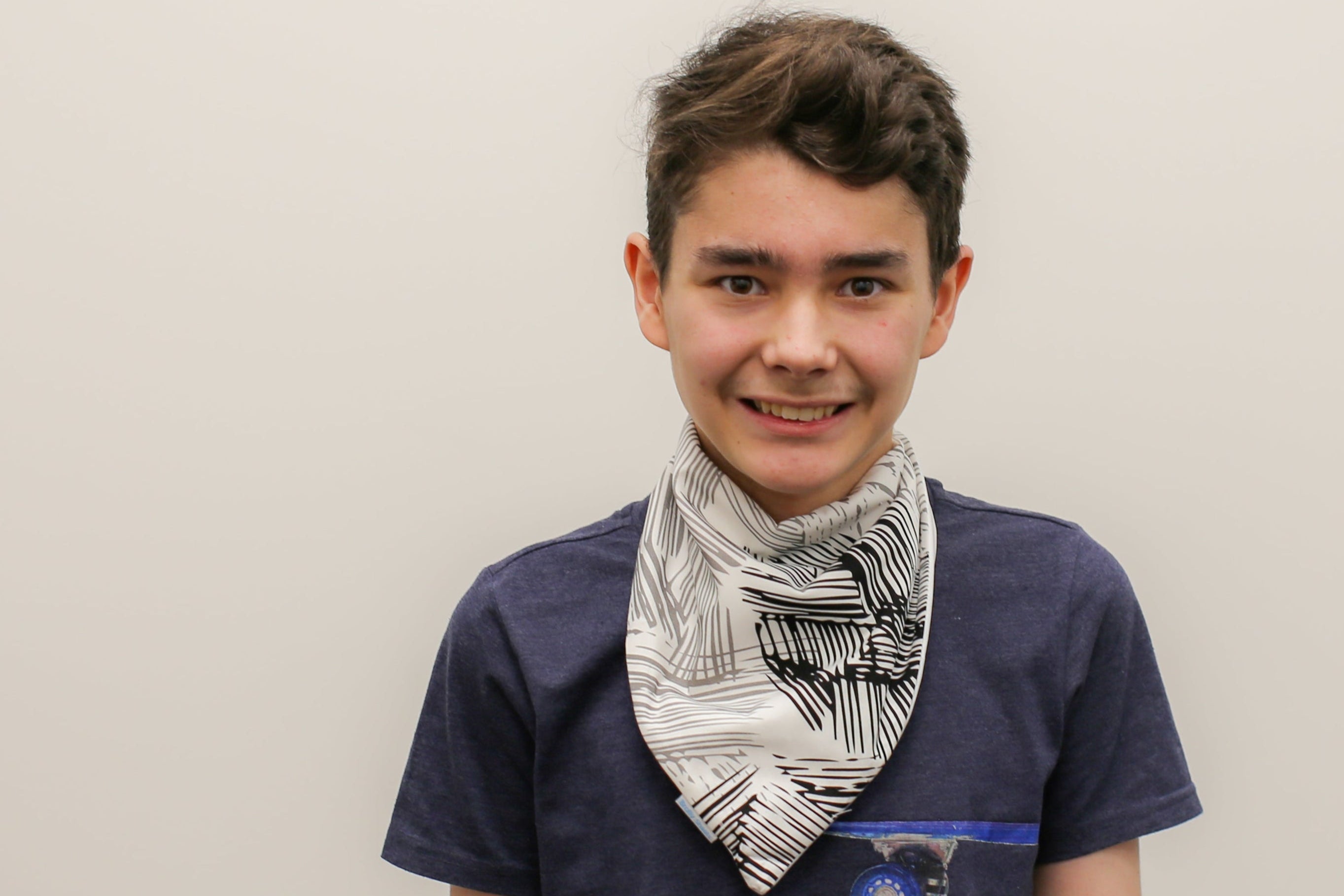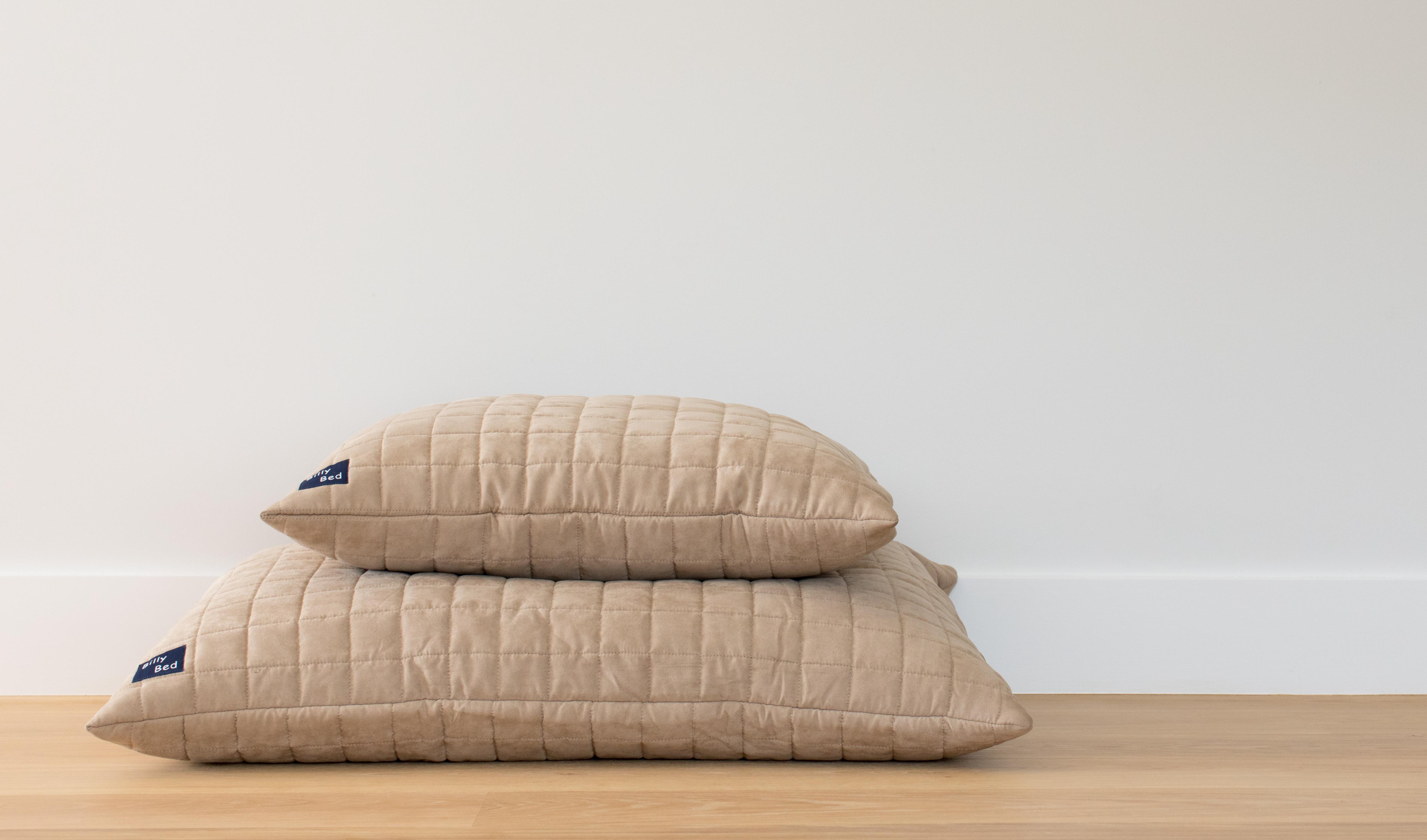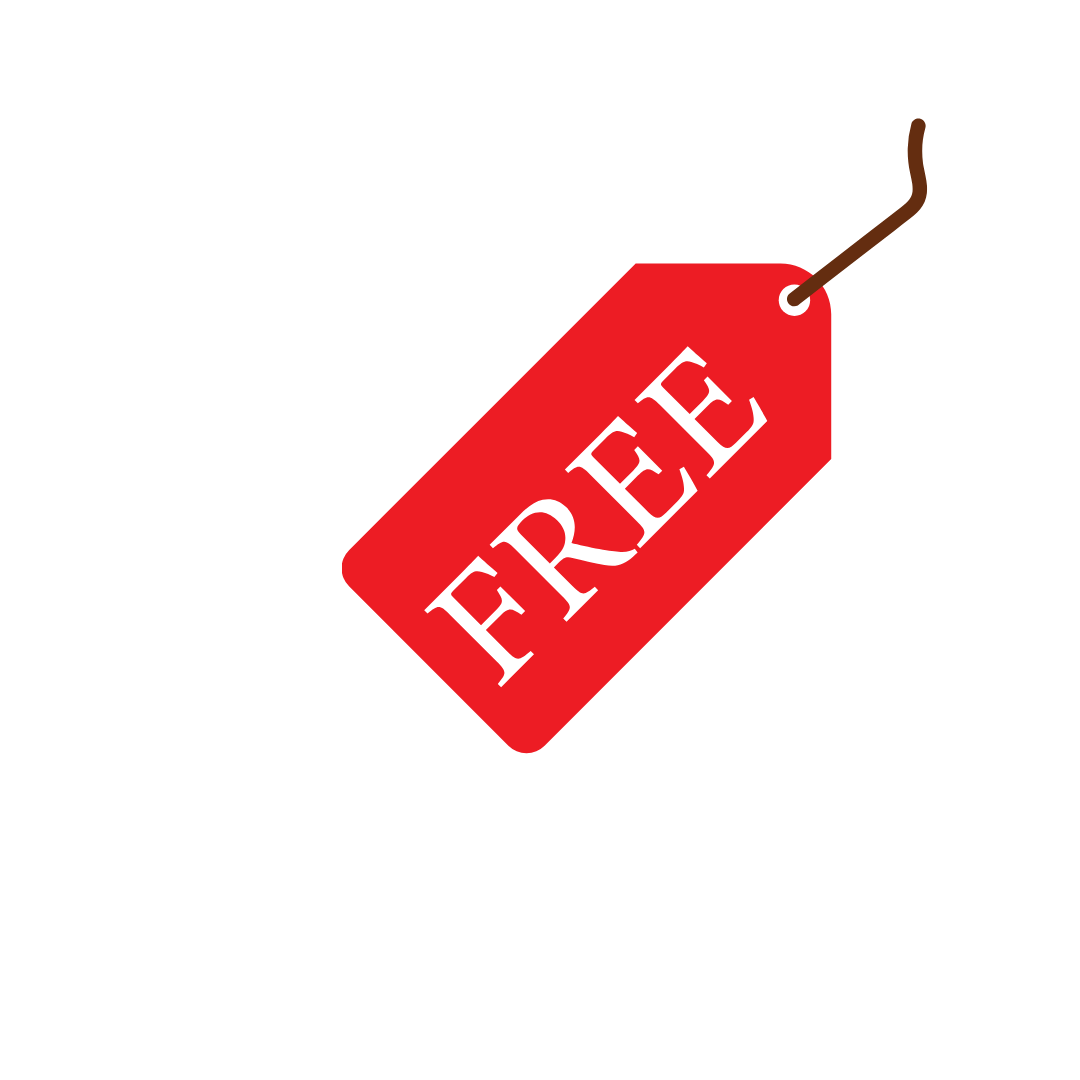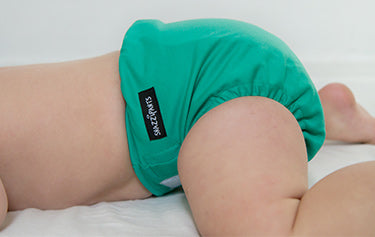
Cloth Nappy Instead of a Disposable Nappy?
What's In a Disposable Nappy?

Disposables are so accepted by many as the norm that at times it seems hard to justify your decision to use cloth. Your baby will spend about 25000 hours in nappies and need between 5000 and 9000 nappy changes during the first years of life. You want them to be comfy and safe, so it is a decision that deserves a little research. While there are those who argue both sides of the issue, and a web search will give you more information than you could read in a lifetime, here are some of the reasons that I initially chose to use cloth. Now, of course, I do it because I love it!
What exactly is in a disposable? You'll have more luck finding the recipe for a nuclear warhead than you will finding out exactly what is in a disposable nappy. But some things are in there for sure. One of these is sodium polyacrylate. This is the wonder substance that turns urine into a gel so it can't leak out of the disposable nappy.
You know those little gel beads that you find on a baby's bottom after being in a disposable overnight? That is sodium polyacrylate.
Now, I'm no chemist but words like dioxin and tributyltin kinda scare me when I think about the sensitive little newborn bottom I'm responsible for. They're in that convenient disposable.
Some sources say the skin can absorb up to 48 different chemicals from disposable nappies and wipes. Yuck! Recently disposables have been linked to the increase in asthma, which we know is a problem for many here in New Zealand.
There is speculation that disposables heat up baby boys' testicles to such a degree that they don't develop normally (paper and plastic have fantastic insulation properties). Hmmmm, food for thought.
If you mention using cloth you will probably be told by well-meaning friends and family (not to mention the enormous marketing departments of the disposable manufacturers) that your baby will get nappy rash, and the stay-dry effect (that sodium polyacrylate!) of disposables is better for baby. Is this true?
Several independent studies have found that in 1955 (before disposables)7% of mothers reported nappy rash in their babies. By 1991 (90% of babies in disposables) that number had risen to 78%. How come? The super-absorbent disposable encourages less frequent nappy changing and longer exposure to babies of ammonia build-up from urine and bacterial growth. The super absorbers also pull away moisture from the delicate skin encouraging more irritation. Frequent nappy changing is the BEST way to avoid nappy rash, so is it really important for a nappy to hold litres of urine?
The problem is, if you change disposables often, you are creating quite a bit of waste. Did you know, even using 3 cloth nappies a day whilst you are at home, saves over 1,000 disposables a year from going into landfill? So maybe going full-time cloth isn’t for you, part-time cloth goes a long way.
Better For The Environment

One Planet NZ reports that 1 baby may use up to 6000 nappies resulting in 1.9% of New Zealand domestic waste.
These nappies take up to 500 years to break down, which means that every disposable ever used is around somewhere. But that is not the worst of it...
Raw sewage is a public health hazard! Not since the middle ages has there been so much human waste in our garbage. It says on the disposable packet to empty out the contents into the toilet. Right. Ever seen anyone do that? More likely the whole mess of paper, plastic, pee & poop is bundled into a nice tight ball (maybe even wrapped 'hygienically' in another layer of plastic in a diaper genie) and thrown into a landfill. Along with this untreated excitement goes anywhere up to 100 different types of intestinal viruses and countless bacteria to leach into the ground in a landfill.
What can you do? Sometimes these environmental problems seem so enormous that we all know about it, but it seems we are powerless to do anything. Not in this case! Your decision to use cloth nappies makes a big difference.
Yeah, yeah, you say. But cloth is bad too. I've heard that the water you use..STOP right there!! When I began to use cloth I heard this line soooooo many times you wouldn't believe. Do a little research and you'll find that the myth of the enormous toll of washing cloth on the environment comes from a study by a well known disposable manufacturer who found, surprise surprise, that the impact of water usage meant disposables were more environmentally sound than cloth. They were taken to court by the WEN (Women's Environmental Network) and forced to retract the study when it was discovered that the chemical-laden water used to turn wood into paper pulp for the manufacter of disposables was not taken into the comparison. The water you will use to wash a load of dirty nappies each day is roughly equivalent to the amount of water a toilet trained person uses each day. If you want to save this water then I guess we'll all have to wear disposables!!!
Common sense tells you that a couple of dozen nappies reused for the infancy of a child (or more) has got to be better than throwing away a bundle of paper and plastic every few hours for up to three years. Don't get taken in by the marketing power of these enormous corporations. How come they have so much influence? Because they have lots of money.
Better For Your Finances

There is absolutely no question that using cloth can save you a small fortune. Disposables may seem cheap initially, but the price soon rises as your baby quickly grows out of the infant sizes. Of course, by then you are hooked into the convenience, and a thirty dollar a week spend seems easier than the initial outlay of cloth. All I can say is take some time to do the maths!
$30 per week (costs provided by a mate of mine with a toddler!) is roughly $120 per month. In three months you would have paid the initial set up cost of a top of the range Snazzipants system. But with disposables, you keep on paying for up to three years.
But there is always bulk buying bargains right? A new bulk disposable shop recently opened up in my neck of the woods, so I went to check it out. Even buying disposables in boxes of 96 and 100, based on the figure of 8 nappies a day for the first 6 months (you'll probably use more than this for a newborn, but I’m estimating conservatively!), and 7 a day thereafter, using el-cheapo disposables worked out to $3670 for 2/12 years or $4510 for three years. Since babies in disposables usually toilet train later than those in cloth, take a good look at that 3 year figure!
So what about cloth? There's a lot to take into account. The cost of the nappies and covers as well as washing powder, water, and electricity to run the machine and drier ( yes, the drier 'cos we're all a bit lazy and a bit busy to do that line thing right?).
To put it simply, with cloth you'll be spending hundreds of dollars, with disposables you'll be spending thousands of dollars. If you are reading this while you are pregnant, if you buy a Snazzipant fitted nappy, or a cover each week now, by the time your baby comes you will be set with no nappy costs for this baby and the rest.
Common sense will tell you that cloth has got to be cheaper, and that's why I started looking into it. Then I found out about the cost to the environment and really got serious about it. Then I read up on the health issues for my baby, and erring on the side of caution and avoiding chemicals seemed important. Now I just do it 'cos I love it. It's great to walk on past that disposable aisle and know I'm not throwing all that money into creating landfill waste. It's great to feel the soft comfy cloth as I wrap up my precious little baby's butt. It's great to dream of the holiday to a sunny island I could be planning with the money I'm going to save over the next three years…
If nothing else convinces you, the 6 weeks after you have the baby when you have to wear a bulky soggy paper pad and suffer the crinkly chafing of it will make you realise that paper underwear is not the way to go. Cloth nappies are simply softer. It's your choice, but your baby will wear the consequences.
At the end of the day don't listen to me (I'm trying to sell you something after all) and don't listen to the disposable marketers (they're trying to sell you something too). Do your own research, and DARE TO BE DIFFERENT!
"So having considered all the evidence, what are the choices? An expensive, polluting, resource-consuming, waste-generating piece of potentially toxic plastic that profits multinationals? Or a cheaper, soft, cloth alternative which reduces waste, saves resources, limits environmental damage and helps sustain small companies – but has to be washed like underwear?" The Ecologist ("Many Nappy Returns", Rob Edwards)

